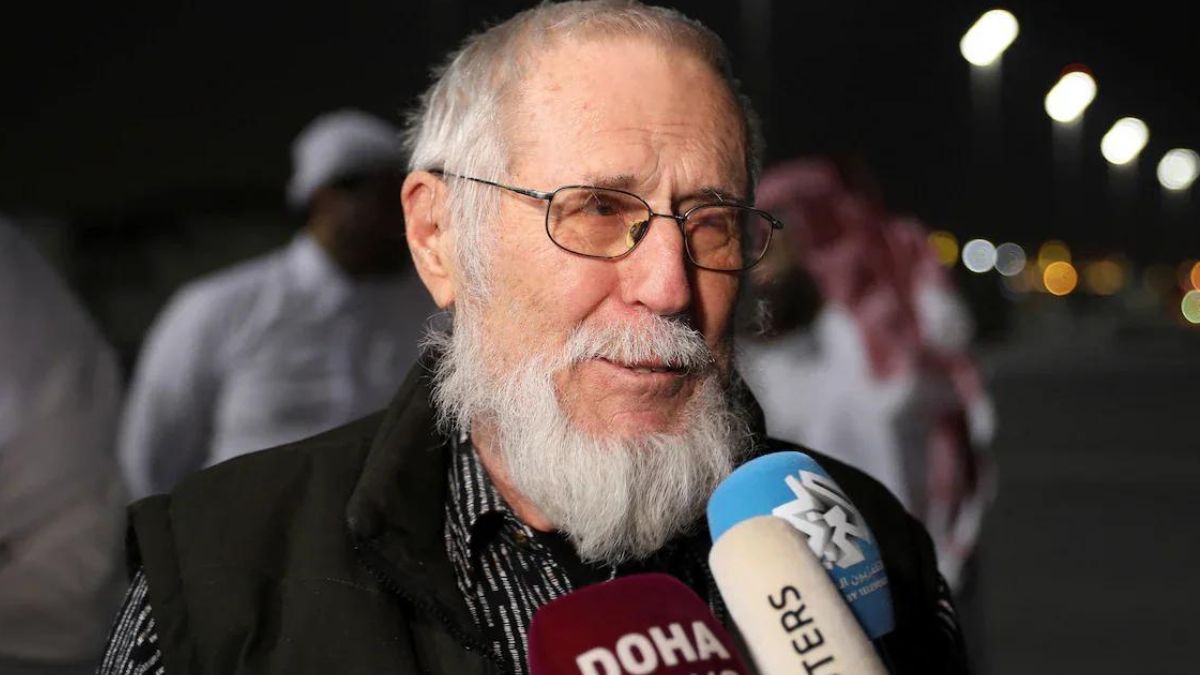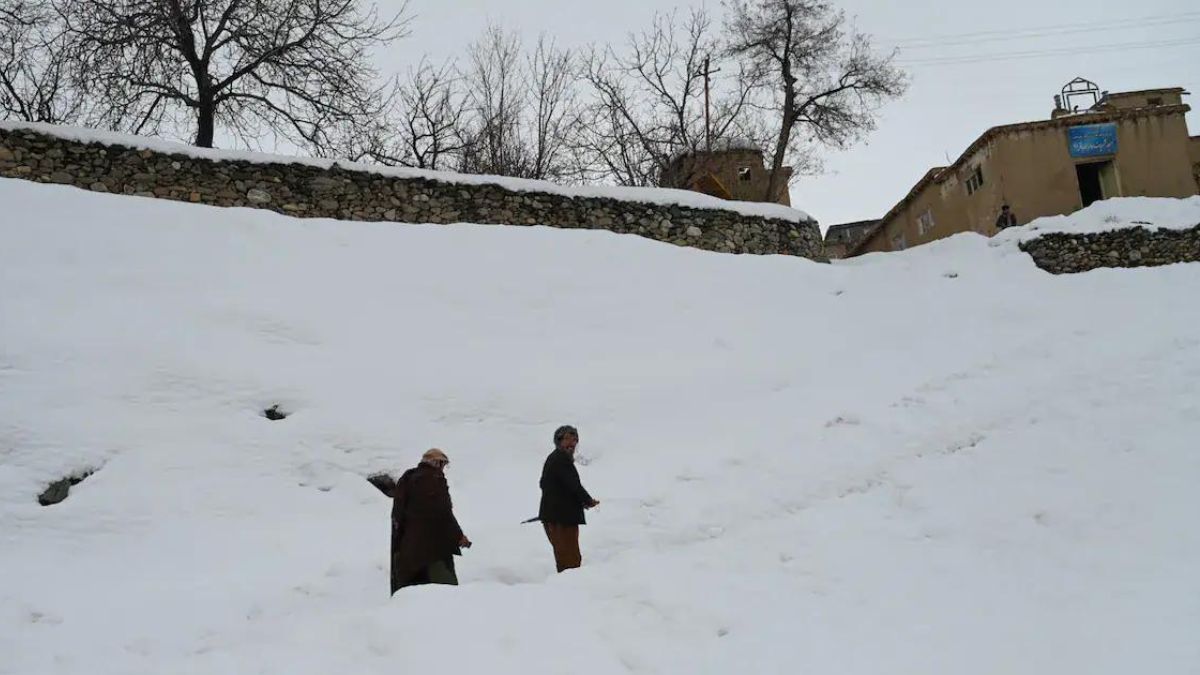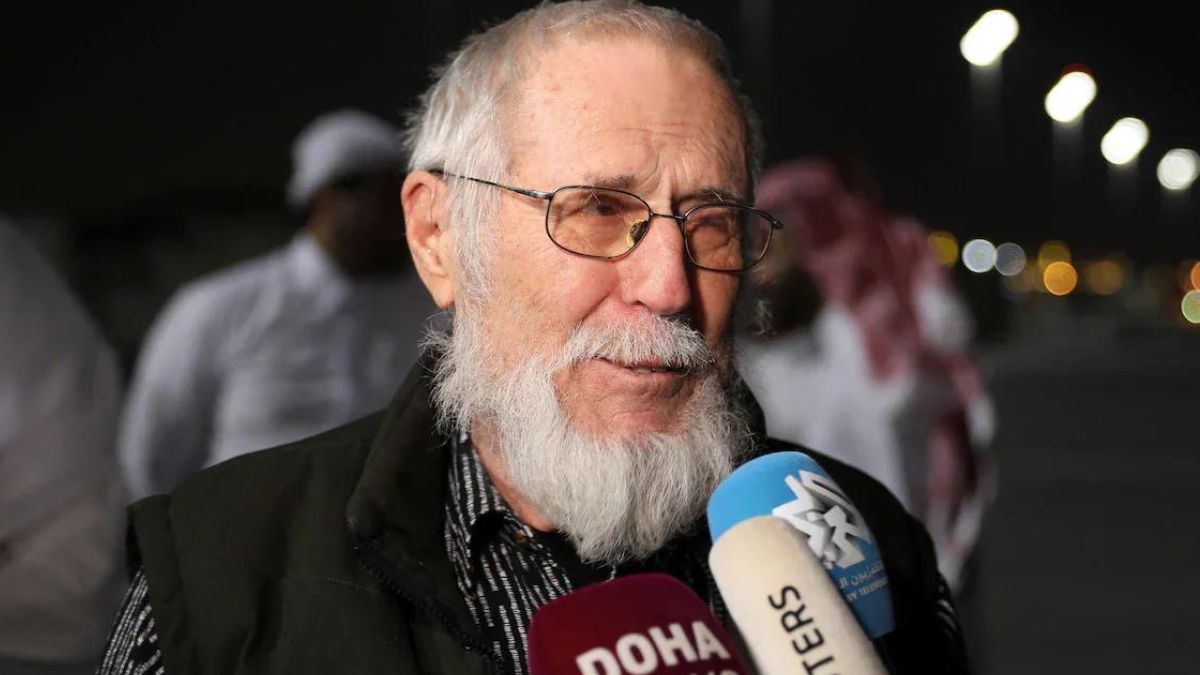Kabul: The Afghan Taliban has published a biography of their new leader as hundreds of insurgents meet to resolve a dispute over his appointment following the death of figurehead Mullah Mohammad Omar.
The detailed biography, emailed Monday to journalists in five languages, offers the story of Mullah Akhtar Mansoor, who now leads the Taliban in its fight against the Afghan government.
Mansoor was named as the Taliban’s leader last month after the Afghan government revealed that Mullah Omar died in 2013. But family of Mullah Omar objected, saying the vote to elect Mansoor was not representative of the group, sparking an internal power struggle.
Hundreds of Taliban fighters, including battlefield commanders, are meeting in the Pakistani city of Quetta in an effort to resolve the leadership dispute.
Here are some excerpts from Mansoor’s biography published in full on the Taliban’s official website :
On his childhood: As his family was well-known in the area for their affection for religion and learning and his father particularly held deep love for knowledge therefore his top priority for the healthy upbringing of his son was religious education.
On his education: Due to his deep love for learning, he successfully completed his early education in a considerably short period of time… He had not yet begun his higher education when the political control of Afghanistan fell to the Communists and the Afghan Mujahid nation rose up and began their Islamic revolution against them.
On his jihadi roots: (He) actively participated in various military operations against the former Soviet occupying forces and their internal stooges. In 1987, during a direct assault on a strategic Russian military post in Sanzary area of Panjwai district in Kandahar, he was injured with thirteen wounds on his body… He was injured for a second time in May 1997 at Mazar-i-Sharif airport during the reign of the Islamic Emirate (of Afghanistan from 1996 to 2001) and subsequently captured by the opponent forces.
On his role in the establishment of the Taliban: In 1994 when the Islamic Movement of Taliban was founded by (Mullah Omar), (Mansoor) played a crucial role in the organisation and development of this movement. Due to his Jihadi and administrative proficiencies, he was tasked major responsibilities by the then head of the Islamic Movement of Taliban. When Kandahar province fell to the Taliban, he was given the responsibility of air force and air defence system of Kandahar. While heading the aviation and tourism ministry of Afghanistan, he completed a number of new and reconstruction projects.
When the capital city of Kabul came under the control of the Islamic Emirate, the main buildings and premises of aviation ministry inside this city were heavily damaged due to the internal factional fighting. Due to his reconstruction policy, Mansur Sahib successfully managed to repair all the damaged planes of this ministry and rebuilt the main airbases.
On his armed resistance against the US invasion: Besides being a member of the supreme leading council of Islamic Emirate, he was given the additional responsibility of jihadi in-charge of Kandahar province by (Omar). (Mansoor’s) jihadi ingenuity saw him take charge in drawing and managing jihadi plans for the entire south-western zone of Afghanistan after due consultations with the jihadi in-charges of neighboring provinces, carrying out successful fatal attacks against the invading crusaders in Kandahar as well as in Uruzgan, Zabul and Helmand provinces.
On his role as d****eputy head of the Taliban: (I)t was nearly impossible for (Omar) to appear and guide the resistance militarily due to the critical security situation and on the other hand, the military and administrative vacuum in jihadi fronts tipped the balance of resistance in the favour of the enemy (ISAF forces)… Many jihadi in-charges were martyred on the battle field and a number of them were arrested. (Mansoor) successfully managed to control and lead the ongoing armed resistance in such an admirable way that no leadership vacuum was ever felt by the Mujahidin.
It was the year 2010 which would prove to be the most fatal and costly year for foreign crusading forces inside Afghanistan. Mujahidin managed to carry out their most fatal campaign against the enemy during the span of that year, forcing them to confess to the deaths of 770 foreign soldiers. (Under Mansoor), Mujahidin managed to liberate vast areas of our beloved homeland from the enemy and establish an organised Islamic system of life in them.
On his life and habits: He speaks less and tries to listen more to other people. He likes and wears loose, neat and clean clothes. He dislikes and avoids extravagance and prodigality in dressing, eating and all other needs of everyday life.
With inputs from AP


)




)
)
)
)
)
)
)
)